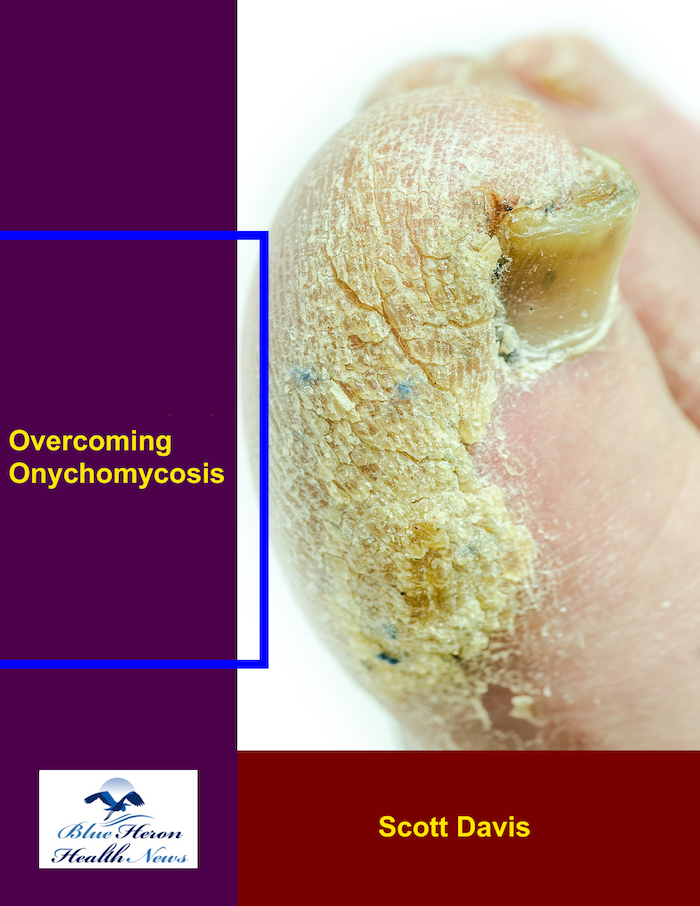
Overcoming Onychomycosis™ By Scott Davis If you want a natural and proven solution for onychomycosis, you should not look beyond Overcoming Onychomycosis. It is easy to follow and safe as well. You will not have to take drugs and chemicals. Yes, you will have to choose healthy foods to treat your nail fungus. You can notice the difference within a few days. Gradually, your nails will look and feel different. Also, you will not experience the same condition again!
How does a nail clipping help in diagnosing onychomycosis?
How a Nail Clipping Helps in Diagnosing Onychomycosis
Nail clippings are a crucial diagnostic tool for confirming onychomycosis (fungal nail infection). Since many nail disorders mimic onychomycosis, clinical examination alone is not enough, and laboratory tests using nail samples help ensure accurate diagnosis and proper treatment.
1. Collection of Nail Clippings for Testing
A properly collected nail clipping improves diagnostic accuracy. The steps include:
A. Choosing the Right Nail Sample
-
Distal vs. Proximal Clippings:
- The infected, discolored, or thickened part of the nail is clipped for analysis.
- If onychomycosis starts from the nail bed (underneath the nail), subungual debris is also collected.
- For proximal infections, samples are taken closer to the nail fold.
-
Avoid Contaminants:
- Nails must be clean and free of nail polish or creams before clipping.
- The sample should include keratin debris from under the nail, as fungi often reside there.
B. Transport and Storage
- Collected clippings are placed in a dry, sterile container.
- No special preservatives are needed unless fungal culture is required.
2. Laboratory Tests Performed on Nail Clippings
Once collected, the nail sample undergoes various tests to detect fungal infection:
A. Potassium Hydroxide (KOH) Microscopy
- How It Works:
- Nail clippings are treated with potassium hydroxide (KOH), which dissolves keratin, making fungal elements more visible under a microscope.
- Findings Suggesting Onychomycosis:
- Fungal hyphae (long, branching filaments).
- Spores (round or oval structures).
- Pros & Cons:
- Pros: Quick results, inexpensive.
- Cons: May give false negatives if the fungal load is low.
B. Fungal Culture
- How It Works:
- Nail clippings are placed on Sabouraud agar or other fungal growth media.
- The sample is incubated for 2–4 weeks to allow fungus to grow.
- Findings Suggesting Onychomycosis:
- Growth of dermatophytes (e.g., Trichophyton rubrum), yeasts (e.g., Candida), or molds (e.g., Fusarium).
- Pros & Cons:
- Pros: Identifies the exact fungal species, guiding targeted treatment.
- Cons: Slow process (weeks for results), and some fungi may not grow well in culture.
C. Periodic Acid–Schiff (PAS) Staining (Histopathology)
- How It Works:
- Nail clippings are embedded in paraffin, sectioned, and stained with PAS, which highlights fungal elements.
- Findings Suggesting Onychomycosis:
- Fungal hyphae stain bright pink or red.
- Pros & Cons:
- Pros: Highly sensitive, useful for cases where KOH and culture fail.
- Cons: More expensive, requires specialized lab processing.
D. Polymerase Chain Reaction (PCR) Test
- How It Works:
- Detects fungal DNA in nail samples using molecular techniques.
- Pros & Cons:
- Pros: Fast and highly accurate.
- Cons: Expensive and not widely available.
3. Differentiating Onychomycosis from Other Nail Disorders
Nail clipping analysis helps rule out non-fungal nail diseases, which may look similar to onychomycosis:
| Condition | Nail Clipping Findings |
|---|---|
| Onychomycosis | Fungal hyphae and spores seen on KOH/PAS stain; fungal growth on culture. |
| Psoriasis | No fungal elements; nail thickening and pitting seen on biopsy. |
| Trauma | No fungal growth or hyphae; hemorrhage or keratin debris. |
| Bacterial Infection (Paronychia) | Pus or bacterial colonies in culture (not fungi). |
Conclusion
A nail clipping is an essential tool for diagnosing onychomycosis. Through microscopy, culture, histology, and molecular testing, it helps confirm the presence of fungi, determine the fungal type, and differentiate from other conditions. This ensures the correct antifungal treatment is prescribed, avoiding unnecessary or ineffective therapies.
Would you like information on treatment options based on test results?
Overcoming Onychomycosis™ By Scott Davis If you want a natural and proven solution for onychomycosis, you should not look beyond Overcoming Onychomycosis. It is easy to follow and safe as well. You will not have to take drugs and chemicals. Yes, you will have to choose healthy foods to treat your nail fungus. You can notice the difference within a few days. Gradually, your nails will look and feel different. Also, you will not experience the same condition again!